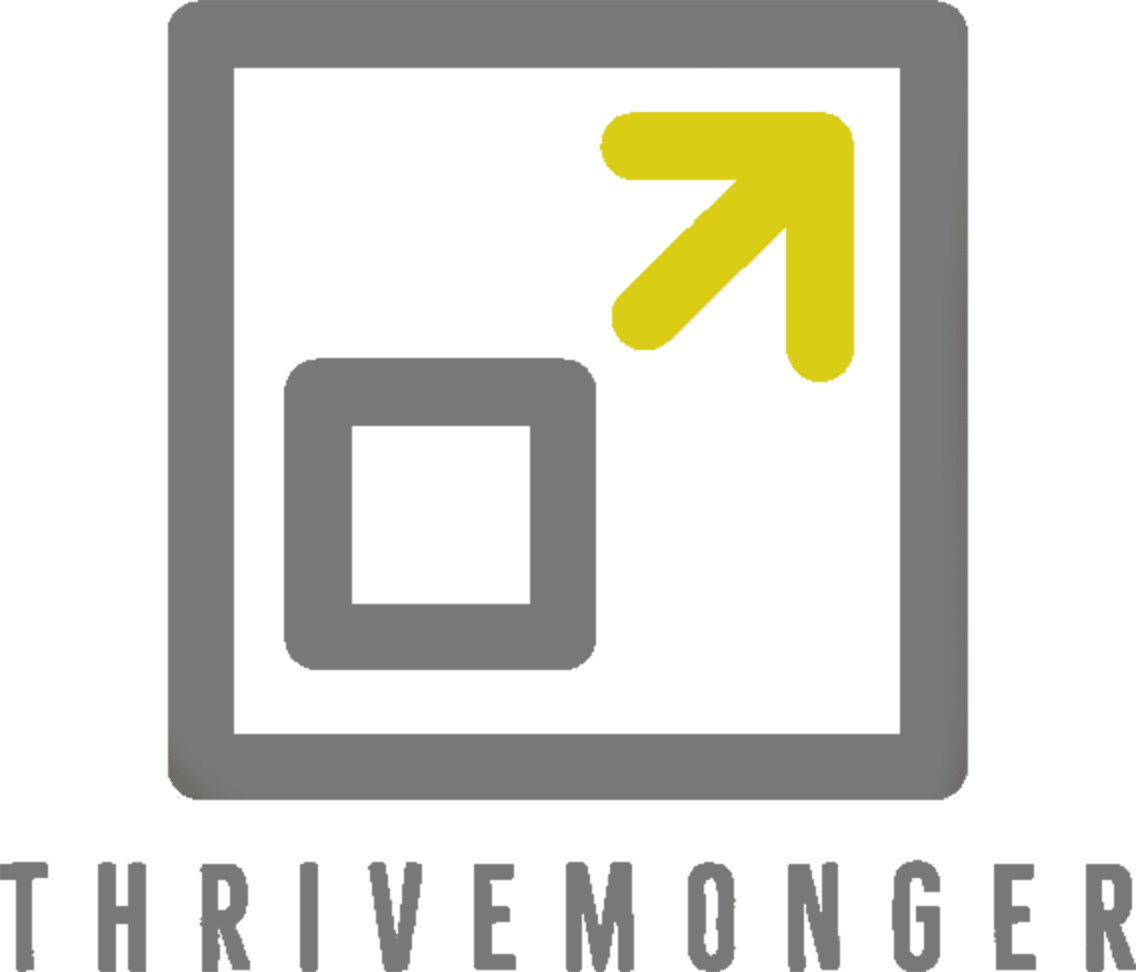If you google “Frank Robinson MVP”, you’ll find the first Frank Robinson, the outfielder of the Baltimore Orioles, a Most Valuable Player-MVP who was inducted in the Baseball Hall of Fame in 1982. He is a great example of what most people in the US understand is a MVP.
However, if you spell it out, “Frank Robinson Minimum Viable Product” you’ll land on a concept that has been helping startups go to market and learn about their potential markets since 2001, when Robinson coined the term.
Every startup -or any new initiative- goes through a process of adjusting its product or service and building its business. The process usually goes in cycles and most often than not, involves a lot missteps and hopefully, learning.
Especially in the case of a product or service that’s highly innovative or disruptive, it is almost impossible to predict the market’s reaction to it, therefore, it is necessary to validate every assumption that is made. These assumptions work very similarly to scientific hypotheses, and every iteration of the product is like -you guessed it- an experiment.
An MVP is not a prototype. We all understand the idea of the prototype, but this is not exactly what the MVP is. An MVP usually possesses a semblance of every aspect of the concept, in order to test it. Let’s pick an example, a bicycle. If our innovation is to introduce pedals, well we need the two wheels, handlebar, seat, and the pedals. They may not be perfectly done, but what we are trying to test is the concept of a two wheeled vehicle powered by pedals, and whether if customers would want these features, but also, to be able to test this out, we cannot devoid the customer from other features they may already like (unless that’s the point we are trying to prove).
A minimum viable product is neither just a stripped-down version of a product. Many times, a MVP will also include some other non product-related aspects, such as the economic model, the positioning and the way we reach the market, if these are all things that need to be tested.
Every project can be approached with this thinking, and ultimately will allow you to learn fast with the least investment. Build the hardest part first. The rest will fall into place.
